David S. Ware - Threads (2003)
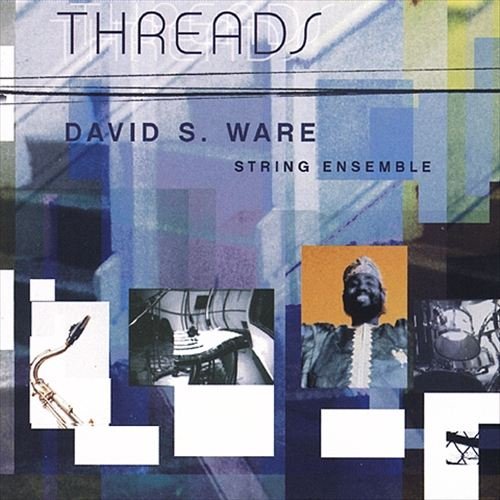
Artist: David S. Ware
Title: Threads
Year Of Release: 2003
Label: Thirsty Ear
Genre: Jazz
Quality: FLAC (tracks+.cue, log, Artwork)
Total Time: 44:48
Total Size: 286 MB
WebSite: Album Preview
Tracklist: Title: Threads
Year Of Release: 2003
Label: Thirsty Ear
Genre: Jazz
Quality: FLAC (tracks+.cue, log, Artwork)
Total Time: 44:48
Total Size: 286 MB
WebSite: Album Preview
01. Ananda Rotation (6:39)
02. Sufic Passages (9:02)
03. Weave I (3:21)
04. THREADS (13:01)
05. Carousel of Lightness (9:02)
06. Weave II (3:41)
Since the beginning of the 21st century, David S. Ware's recordings have moved more toward the notion of composition than free-blowing improvisation. The album Threads is the most fully realized of his scoring attempts yet, and stands out from his catalog as a work of great innovation and emotional power. The David S. Ware String Ensemble is comprised of his quartet with William Parker, Guillermo Brown, and Matthew Shipp, and is augmented by microtonal violist Mat Maneri and classical maestro Daniel Bernard Roumain on violin. Ware's compositions are not subtle by jazz standards. They involve stridently stated rhythmic arrangements, such as those found on "Sufic Passages," which inverts and extends part of the line from John Coltrane's "A Love Supreme," and is eerily reminiscent of the intro statement of the 1960s Ramsey Lewis Trio with Maurice White in live settings -- check out "Hang on Sloopy," "Wade in the Water," or "Dancing in the Street" from Cadet Records for reference. Ware sounds nothing like Lewis, of course, particularly with this instrumentation. Shipp uses a Korg synthesizer on the entire album, and the rhythmic patterns but forth by Brown and Parker are mere jump-off points for explorations in tone, color, and texture. Ware's melodic sensibility is never quite revealed, though it is never absent, either. Here, once a pattern is stated and developed, it is extrapolated upon first by the string players creating modal passages in the middle. Ware and Shipp function either as soloists or contrapuntal rhythmic foils on the track.
On "Ananda Rotation," co-written with Shipp, Ware delves into the sonority of Parker's bowed bass as the entry point into minor-key journeys around a noir-ish thematic. The other strings join in, droning across the background and Shipp colors the entire proceeding with washes of unidentifiable sonics. Brown hovers over the cymbals and tom-toms like a ghost as Ware delves into the heart of these different tonalities and opens them onto a new sonic landscape where Maneri moves across the drone to improvise alongside him. The album is broken up in the middle by a stomping blowout entitled "Weave I," where the strings never make an appearance; in fact it is a duet between Ware and Brown, taking an Afro-Cuban rhythm and turning it inside out on a theme created by Ware, who also roils through its variations until it returns toward the end. The same thing happens at the album's close. But it is on the title cut and the shimmering, melodic restraint of "Carousel of Lightness" that Ware makes his true sensibilities most plain. His acceptance of sonic ambiguity and harmonic opaqueness are brought under the command of dynamic on these tracks, and from the crack in the tension comes some of the most beautiful, intuitive, and forward-thinking ensemble playing in a decade by any American jazz group. Threads is easily Ware's classic thus far in that it showcases the musician at the height of all of his powers: improvisational, compositional, and as an arranger and bandleader. This is Ware's masterpiece and the first really new compositional statement in jazz in years; if this record isn't -- at least -- nominated for a Grammy as 2003's best jazz record, then the entire category deserves to be struck from the ballot.
On "Ananda Rotation," co-written with Shipp, Ware delves into the sonority of Parker's bowed bass as the entry point into minor-key journeys around a noir-ish thematic. The other strings join in, droning across the background and Shipp colors the entire proceeding with washes of unidentifiable sonics. Brown hovers over the cymbals and tom-toms like a ghost as Ware delves into the heart of these different tonalities and opens them onto a new sonic landscape where Maneri moves across the drone to improvise alongside him. The album is broken up in the middle by a stomping blowout entitled "Weave I," where the strings never make an appearance; in fact it is a duet between Ware and Brown, taking an Afro-Cuban rhythm and turning it inside out on a theme created by Ware, who also roils through its variations until it returns toward the end. The same thing happens at the album's close. But it is on the title cut and the shimmering, melodic restraint of "Carousel of Lightness" that Ware makes his true sensibilities most plain. His acceptance of sonic ambiguity and harmonic opaqueness are brought under the command of dynamic on these tracks, and from the crack in the tension comes some of the most beautiful, intuitive, and forward-thinking ensemble playing in a decade by any American jazz group. Threads is easily Ware's classic thus far in that it showcases the musician at the height of all of his powers: improvisational, compositional, and as an arranger and bandleader. This is Ware's masterpiece and the first really new compositional statement in jazz in years; if this record isn't -- at least -- nominated for a Grammy as 2003's best jazz record, then the entire category deserves to be struck from the ballot.
![Birdsnake - Biofilter (2025) [Hi-Res] Birdsnake - Biofilter (2025) [Hi-Res]](https://img.israbox.com/img/2026-01/05/ekh12qda8siuw8kl3b7wonz38.jpg)
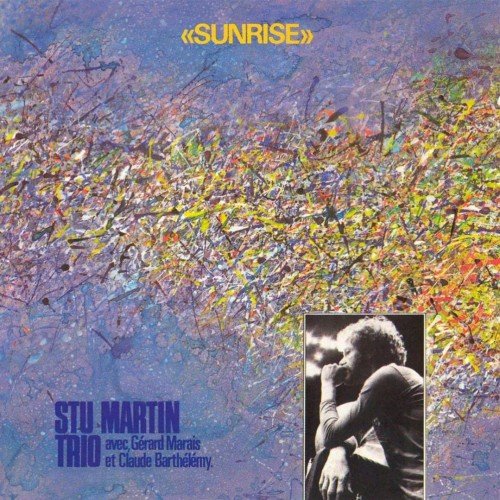
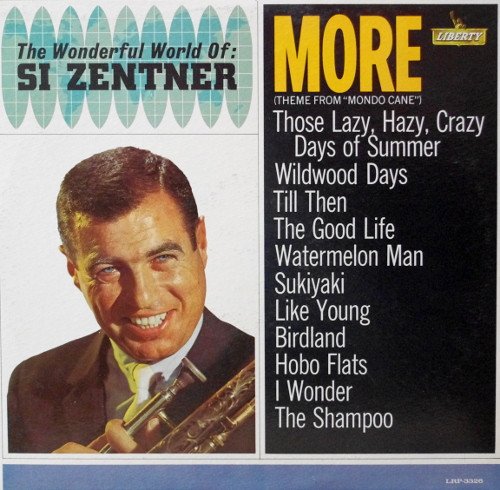
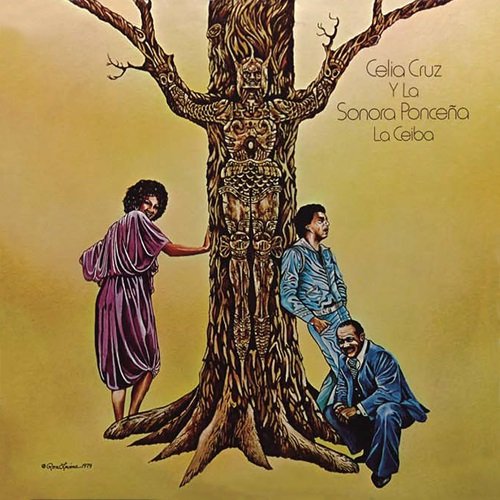

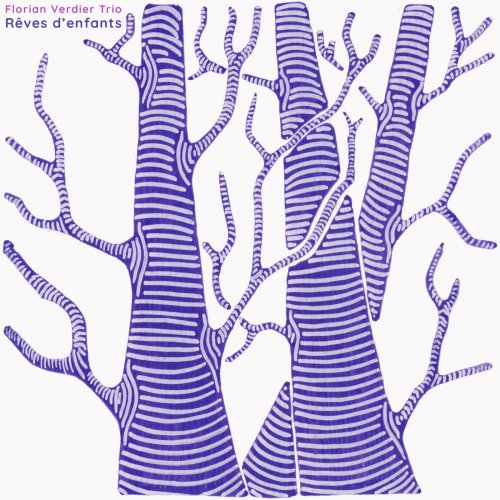
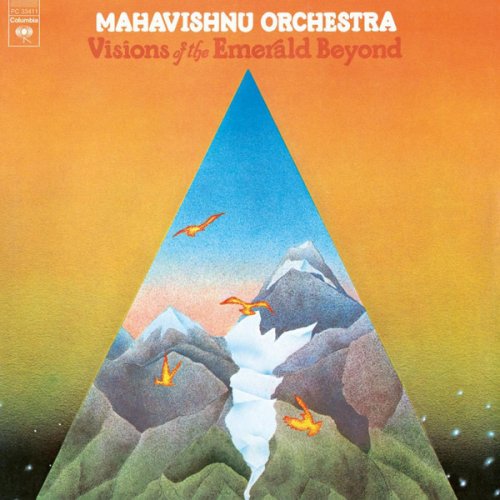

![Son Reis Project - Payment Plan (2025) [Hi-Res] Son Reis Project - Payment Plan (2025) [Hi-Res]](https://www.dibpic.com/uploads/posts/2026-01/1767703606_a0226987089_10.jpg)